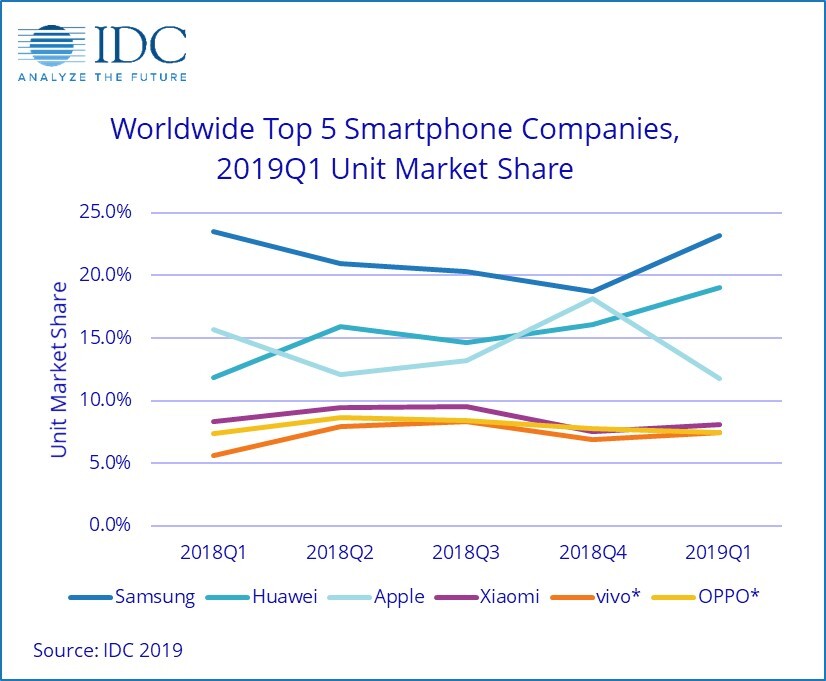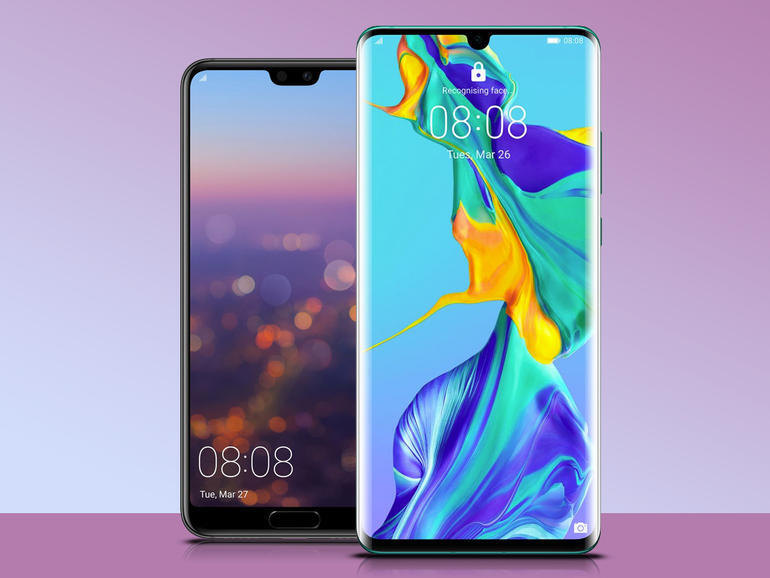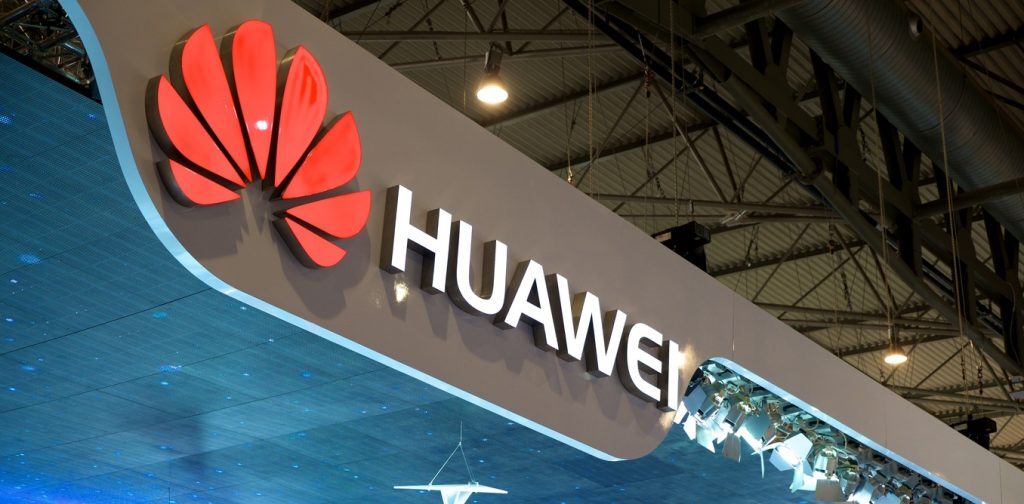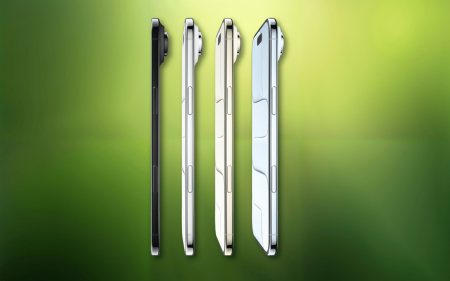Despite the Trump administration’s ‘all-out offensive’ against Chinese phone-maker Huawei, it was one of the few smartphone companies to increase its shipments for the most recent quarter. Are Americans (and the rest of the world) truly worried about Huawei allegedly ‘spying’ on them? Based on sales, not really…
Huawei has overtaken Apple as the second largest smartphone maker globally. According to statistics from the International Data Corporation (IDC), Huawei went from shipping 39.3 million phones in the first quarter of 2018 to 59.1 million devices in Q1 2019. That’s a 50.3% increase in smartphone shipments in a year — an increase Apple and Samsung can only dream of at this point.
Lose a little, gain a little more
 Speaking of Samsung and Apple, both market leaders experienced a decline in shipments compared to the same time last year. Apple’s iPhone shipments shrunk from 52.2 million in the quarter last year to what is estimated at between 36 and 43 million units this year. (Apple doesn’t want to report official figures anymore.) Samsung went from 78.2 million in shipments in 2018 to 71.9 million this year. This may suggest the smartphone market isn’t doing so well… But Huawei seems to be dominating — even if it’s not necessarily in the US of A.
Speaking of Samsung and Apple, both market leaders experienced a decline in shipments compared to the same time last year. Apple’s iPhone shipments shrunk from 52.2 million in the quarter last year to what is estimated at between 36 and 43 million units this year. (Apple doesn’t want to report official figures anymore.) Samsung went from 78.2 million in shipments in 2018 to 71.9 million this year. This may suggest the smartphone market isn’t doing so well… But Huawei seems to be dominating — even if it’s not necessarily in the US of A.
Unlike some of the other sales leaders, such as Oppo and Vivo, Huawei did not draw a majority of its sales from China. According to the IDC, only half of the company’s unit sales occurred in their home market this time around. 33% of unit sales were made in Europe, the Middle East, and Africa.
Huawei achieved this in part by offering the same (and in some cases better) specs as the competition for a much better price. Its phones are, on average, cheaper than most competitors (especially in the South African market). In China, the price differences are even more alluring, which is why the country is still the company’s primary market.
How Huawei did it
 Since last year, we’ve seen Huawei grow in the high-end smartphone market, with its P20 Pro blowing many competitors out of the water. Largely as a result of smartphone photography — a segment most fail to beat Huawei in. One reason for this is its partnership with the German premium camera manufacturer Leica. The partnership has spawned some astonishing fruit. These er… fruits are seen in the Mate 20 Pro that Huawei launched last year, and in the very recent P30 Pro.
Since last year, we’ve seen Huawei grow in the high-end smartphone market, with its P20 Pro blowing many competitors out of the water. Largely as a result of smartphone photography — a segment most fail to beat Huawei in. One reason for this is its partnership with the German premium camera manufacturer Leica. The partnership has spawned some astonishing fruit. These er… fruits are seen in the Mate 20 Pro that Huawei launched last year, and in the very recent P30 Pro.
The company does several things very right. Huawei’s flagships are priced in line with what consumers prefer to pay for pretty awesome tech. Their mid-range devices tend to occupy the upper-middle but don’t carry pricing to reflect that. And Huawei’s focus is on delivering technological advantages, particularly in the field of mobile photography. As such, we’re not surprised by the current growth. We could see a very different set of numbers (and possibly a different order on the podium) come 2020, is what we’re saying.
Source: International Data Corporation & The Verge




